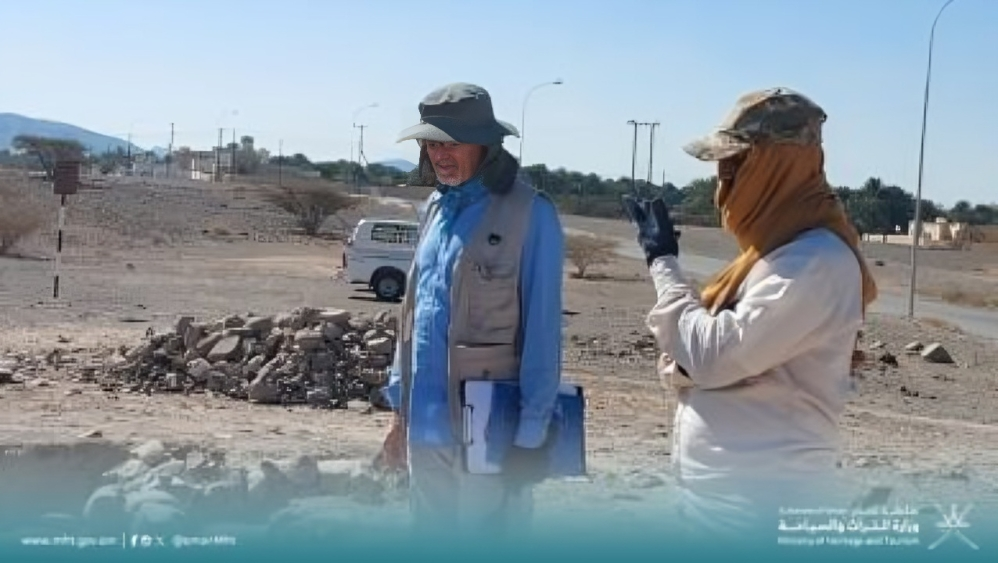MUSCAT: Preliminary findings from recent archaeological digs in Oman suggest the discovery of two ancient civilizations dating back to the Early Bronze Age, between 2000 and 3500 BC. These findings point to a significant historical timeline related to the Hafit and Umm Al Nar civilizations. The site shows a gap in settlement between the two civilizations, highlighting a major shift in the region’s early cultural and societal structures.
Key discoveries from the site include a settlement that features a tower, multi-room dwellings, and mass graves, which offer an insight into the social and communal organization of the people who lived there. These structures indicate that the site was likely an important hub for both residential and ceremonial purposes. The presence of mass graves suggests a community with complex burial practices and a well-organized society.
In addition to the architectural findings, a variety of artifacts have been uncovered, shedding light on the daily life and economic activities of the inhabitants. Among the most notable finds are tools and pottery that indicate an active engagement in agriculture and copper smelting. These activities were crucial for the survival and prosperity of these ancient communities, and the findings suggest a high level of craftsmanship and trade within and beyond the region.
The evidence also points to the fact that these ancient civilizations engaged in trade with neighboring communities, a sign of early globalization. Artifacts found at the site suggest that the inhabitants were connected to broader regional networks, exchanging goods and resources. This trade likely helped the civilizations thrive and facilitated the sharing of knowledge and technology, further cementing the historical importance of the site in the context of the ancient world.



